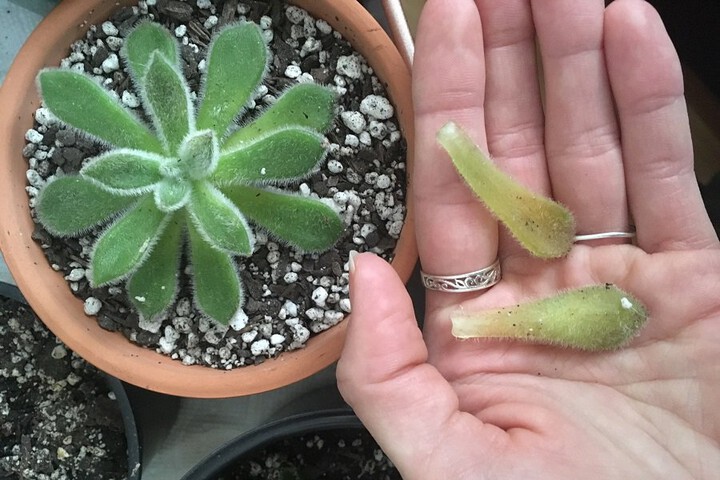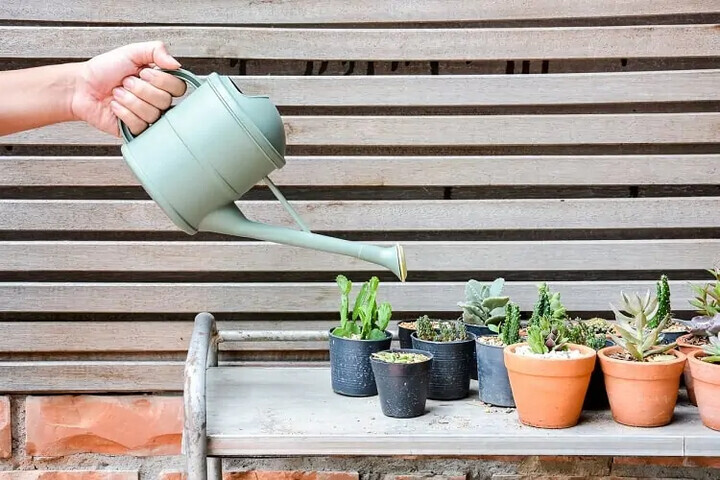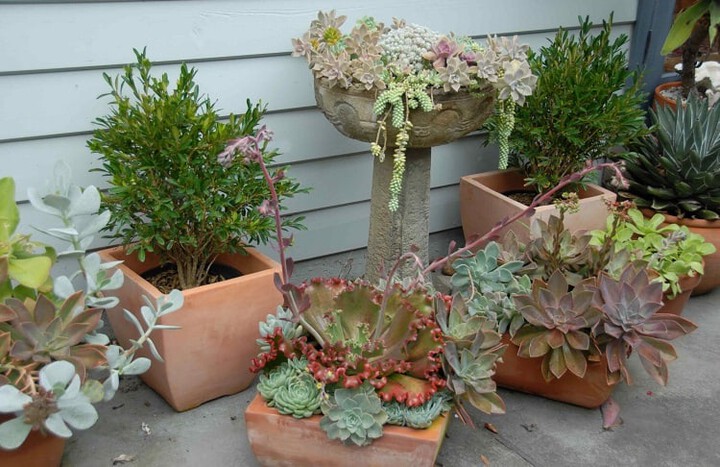Whether you’re a dedicated plant mother or someone taking care of your very first succulent, there’s nothing sadder than seeing your favorite plant looking less than healthy.

Plants come across a range of health issues, just like humans, and sometimes one of the most obvious symptoms is that their leaves are dropping off or dying at an alarming rate.
So, why are your succulents losing leaves?
There are a few probable causes of leaf loss on a succulent including too much or not enough water, excess heat, and a lack of nutrients. These can all lead to the succulent’s leaves falling off which can then lead to plant failure and be very hard to restore its health.
Succulents generally lose their bottom leaves first, and if you’re finding those located down low are falling off, this is healthy and normal.
However, when the rest of the leaves start withering away and showing signs of stress and damage, you’ll need to act fast to bring them back to life.
If you’re a succulent owner and want to know how to remedy your plant’s leaves falling off, or make sure you prevent it occurring in the future, we’re here to help.
We’re here to show you the most common causes of leaves falling off and how you can fix them instantly to bring your plant back to thriving, good health.
1: Too Much Water

Succulents have their own preferred watering schedule, just like any other plant, and the most common cause of leaves falling off is because they’ve had far too much and far too often.
The easiest way to spot a succulent that’s had too much water is looking at the leaves, as they’ll look soft, heavy, and mushy just before they fall off.
To rectify this, stop watering the plant until you can stick your finger in one inch and feel dry soil.
If the potting mix you’re using isn’t draining or the plant isn’t in a draining pot, switch it over to a new one and let the roots dry and recover before you put it in its new home.
2: Not Enough Water
A common misconception about succulents is that they don’t need any water to survive, like a desert cactus, but this just isn’t true.
You might have noticed the leaves of your plant dying and falling off, and it could be because it’s not getting enough water.
All plants are different, but the easiest way to tell if your succulent needs water is by sticking your finger into the soil and checking how dry it is.
If there’s more than an inch of dryness, it’s time to give it some water and bring it back to life.
3: Excess Heat

Plants are smart things, and they do what they can to protect themselves in bad situations.
If you live somewhere that’s excessively hot or you’re experiencing a heatwave, your clever succulent might respond by dropping off some of its leaves to conserve energy and save water for the rest of the plant.
If you’re unable to control the temperature, you can move your succulent to somewhere shady for the time being.
Keep an eye on the moisture levels in the soil and offer extra water if needed, and if it’s feeling dry too far down, give it a drink.
4: Lack Of Nutrients
A succulent losing leaves or turning yellow is one that might be lacking in nutrients.
Just as we humans need more than just water and light, so too do plants, and this is usually fed to them in the form of fertilizer.
A succulent doesn’t need a lot of fertilizer compared to other plants but some is still required.
You can re-pot your plant using a soil that has a built-in fertilizer or apply some to the mix but make sure you choose one made especially for succulents.
5: Poor Positioning

In real estate, location is everything, and the same goes for plants as well.
If your succulent is dropping leaves and looking sad, it could be because it’s not sitting in the right spot.
You’ll want to make sure it gets the right amount of sun and shade for its variety, so if you’re unsure of the exact conditions for your type of succulent, spend some time researching what it loves most.
A simple change in position and the right amount of water can do wonders for any plant.
Related Questions
Succulents are generally hardy plants, but that doesn’t mean you can neglect their care and find them still in good health.
Whether your plant’s leaves are falling off or you’re worried about another issue affecting their growth, we’re here to help, with the answers to some commonly asked questions about these special types of plants.
Should I Pull Dead Leaves Of Succulents?
A succulent is adept at sealing off the damaged parts of the plant to keep the other parts thriving, but if you notice broken, dead, and diseased leaves, you should prune them immediately.
Use pruning scissors to clip the stems down to the part where you want new growth, and give the succulent a chance to grow back in time.
How Do You Revive A Dying Succulent?
Succulents are fairly hardy plants, but if yours seems to be dying or damaged, it is possible to bring it back to life.
First, establish the reason for its poor health, whether it’s extreme heat or overwatering, and rectify it, and then re-pot the plant with freshly fertilized soil and in the right conditions to help it come back to life.